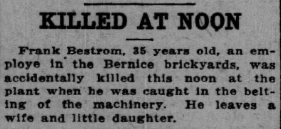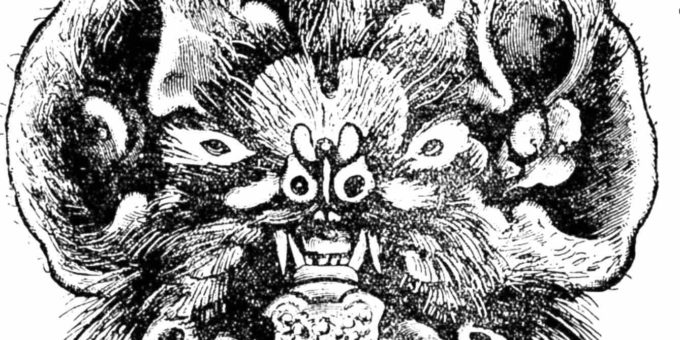
Bats have long had a bad reputation. They have been called pests, associated with the night and witchcraft, and have been accused of murdering people. That all began to change in the early 20th century when scientists were beginning to see bats in a whole new light.
1. Batty in Texas

People were starting to look at bats in a new way by the early 1910s. Instead of viewing them as pests, scientists began to realize how beneficial bats were to society. In fact, in 1915, San Antonio, Texas began building municipal bat homes to fight mosquitoes. [1]
2. To Stop Malaria
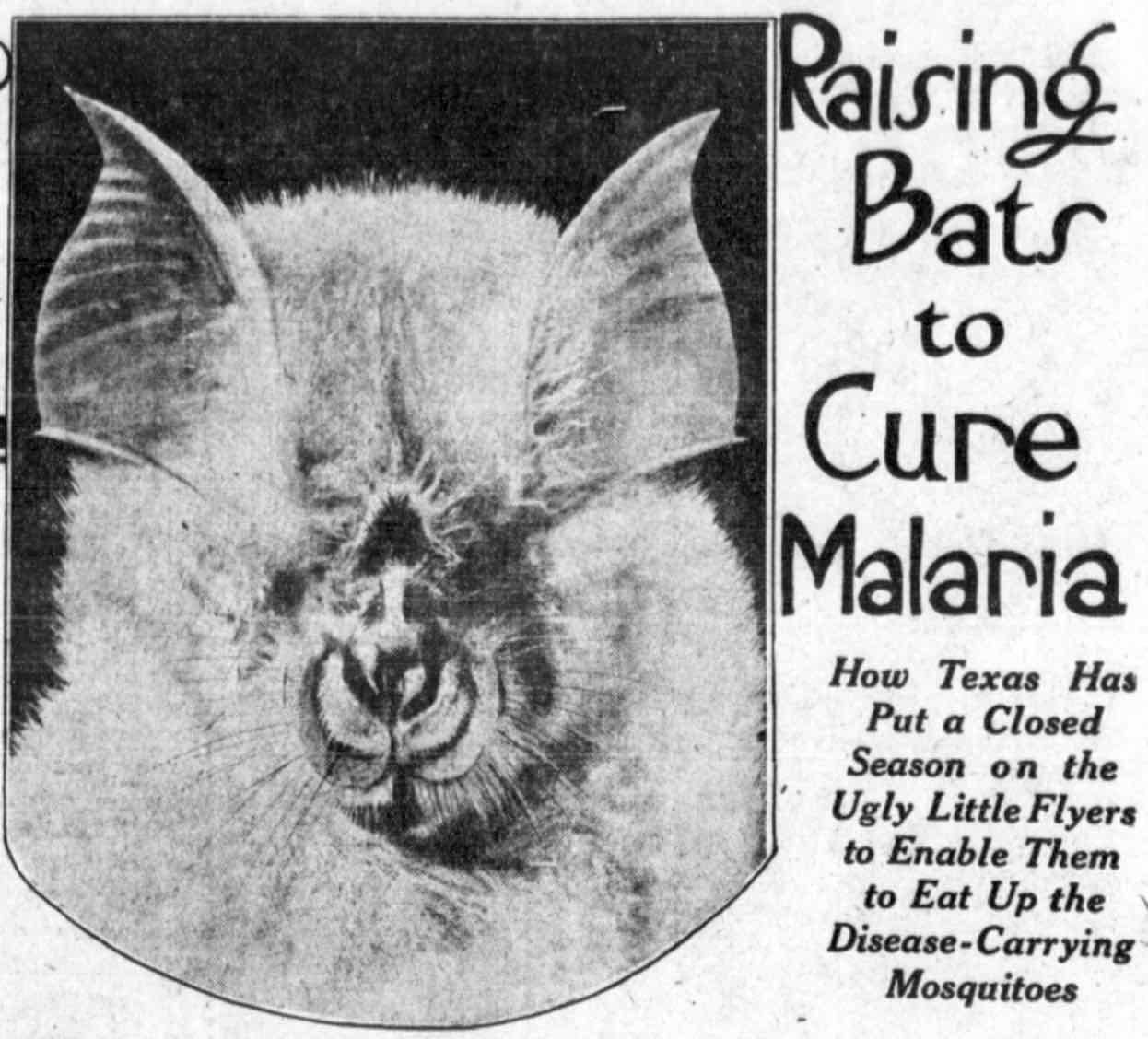
After it was discovered that a bat’s main diet was mosquitos, not only did scientists make public announcements that bats were our friends, they believed that allowing bats to live would help prevent further malaria cases.
They were right. As bats were given public roosts, the bat population grew and cases of malaria declined. [2]
3. A Fine for Killing Bats
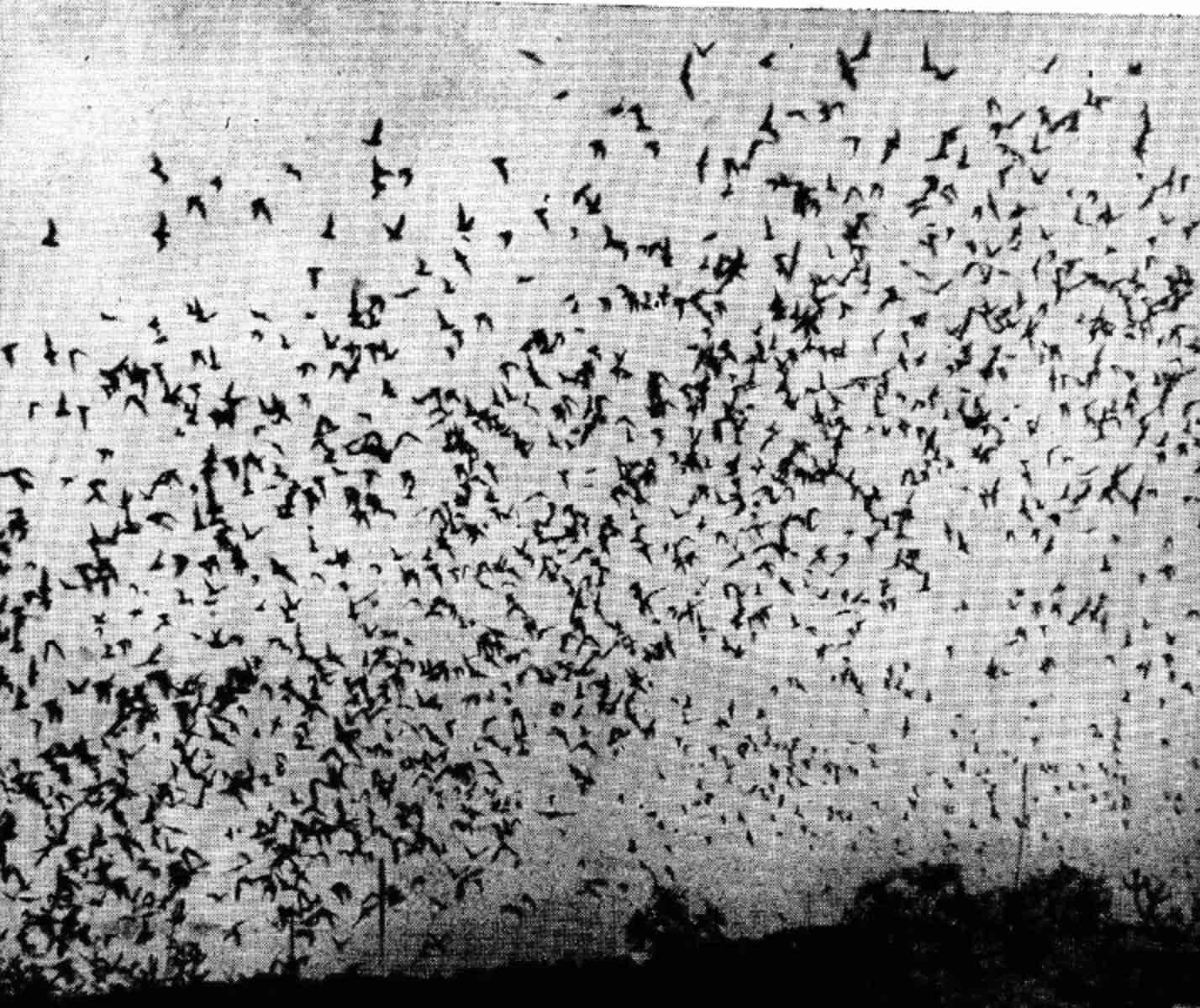
Bats became so important to the people of San Antonio, Texas, that killing a bat imposed a fine. The fine was anywhere from $5 to a whopping $200 in 1922. [3]
4. Children’s Stories
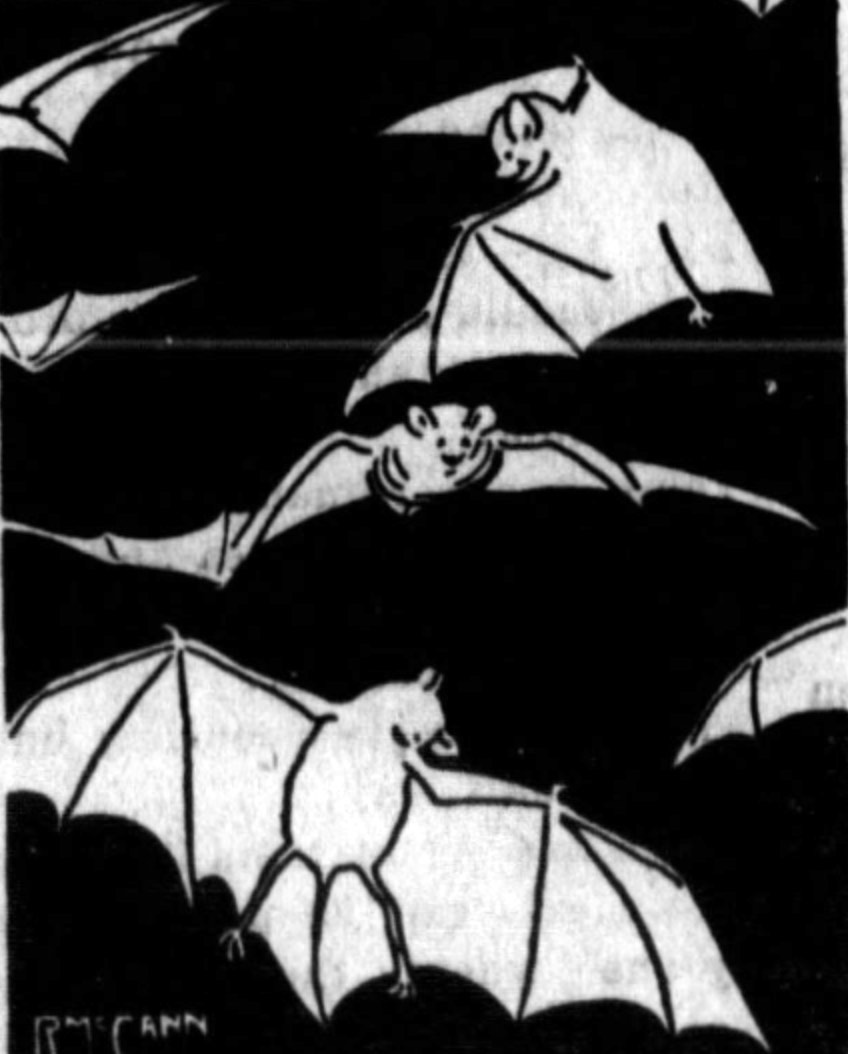
As a way to improve people’s perceptions of bats, newspapers across the United States began publishing children’s stories featuring friendly and playful bats. [4]
5. Always Fascinated Scientists
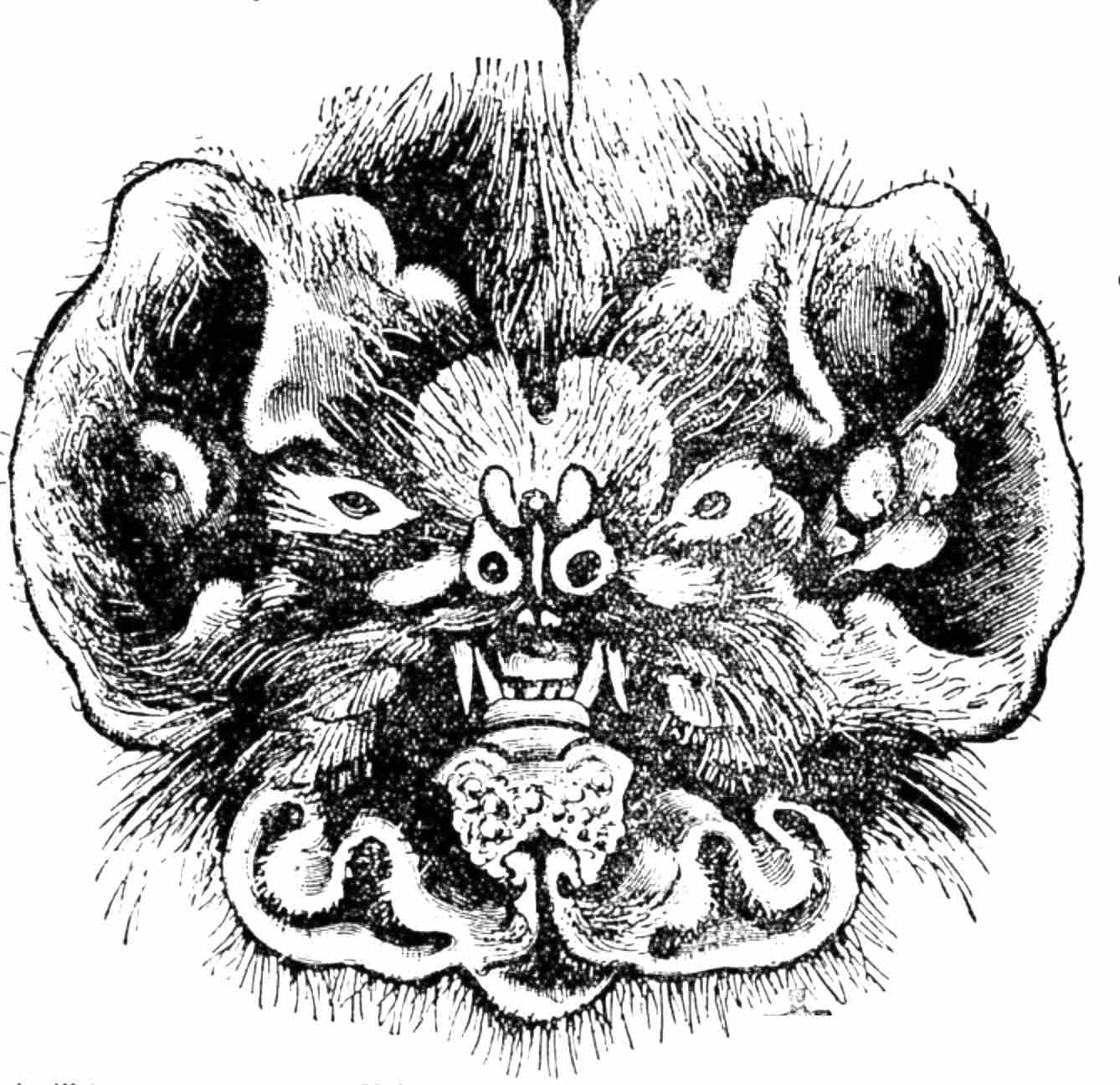
To say that the early 20th century was the first time science found bats incredibly fascinating would be entirely untrue. In fact, back in 1794, an Italian, Spallanzani, was so fascinated by the bat’s ability to navigate in the dark that he made a web of silk thread in a dark room and released a few bats. To his total surprise, the bats were able to navigate around most of the threads without the use of sight. [5]

